When dealing with assistive devices is a tool or equipment designed to improve function and reduce discomfort for people with health challenges, understanding how they fit into gouty arthritis is a type of inflammatory arthritis caused by uric acid crystal buildup in joints, leading to severe pain and swelling can change daily life. Below we break down why these aids matter, which options work best, and how to integrate them with medication, diet, and therapy for a smoother routine.
Why Mobility and Joint Support Matter in Gout
Gout attacks often target the big toe, knees, and ankles. The sudden swelling limits range of motion, making simple tasks feel like a workout. When a joint stays inflamed for weeks, muscle strength drops, and balance suffers. Over time, the body compensates by overusing other joints, which can trigger new pain spots. Adding a reliable assistive device reduces the load on vulnerable joints, keeps gait stable, and helps maintain independence during flare‑ups.
Key Types of Assistive Devices for Gouty Arthritis
- Canes and Walking Sticks - provide weight‑bearing support for the affected leg, easing pressure on the ankle or knee.
- Orthotic Shoes & Inserts - protect the toe box, improve alignment, and cushion impact during walking.
- Compression Gloves & Sleeves - limit swelling in hands and wrists, a common gout site.
- Joint Supports & Braces - stabilize the knee or ankle, preventing sudden twists that could aggravate a flare.
- Raised Toilets & Bath Aids - lower the effort needed for sitting and standing, useful when mornings are painful.
Choosing the Right Device: A Quick Decision Guide
Not every device suits every flare. Ask yourself these three questions:
- Which joint is currently inflamed?
- Do I need weight‑bearing support or just swelling control?
- Can I afford a custom solution, or will an off‑the‑shelf item work?
Answering honestly steers you toward a cane for a painful ankle, orthotics for foot attacks, or compression sleeves for hand involvement.
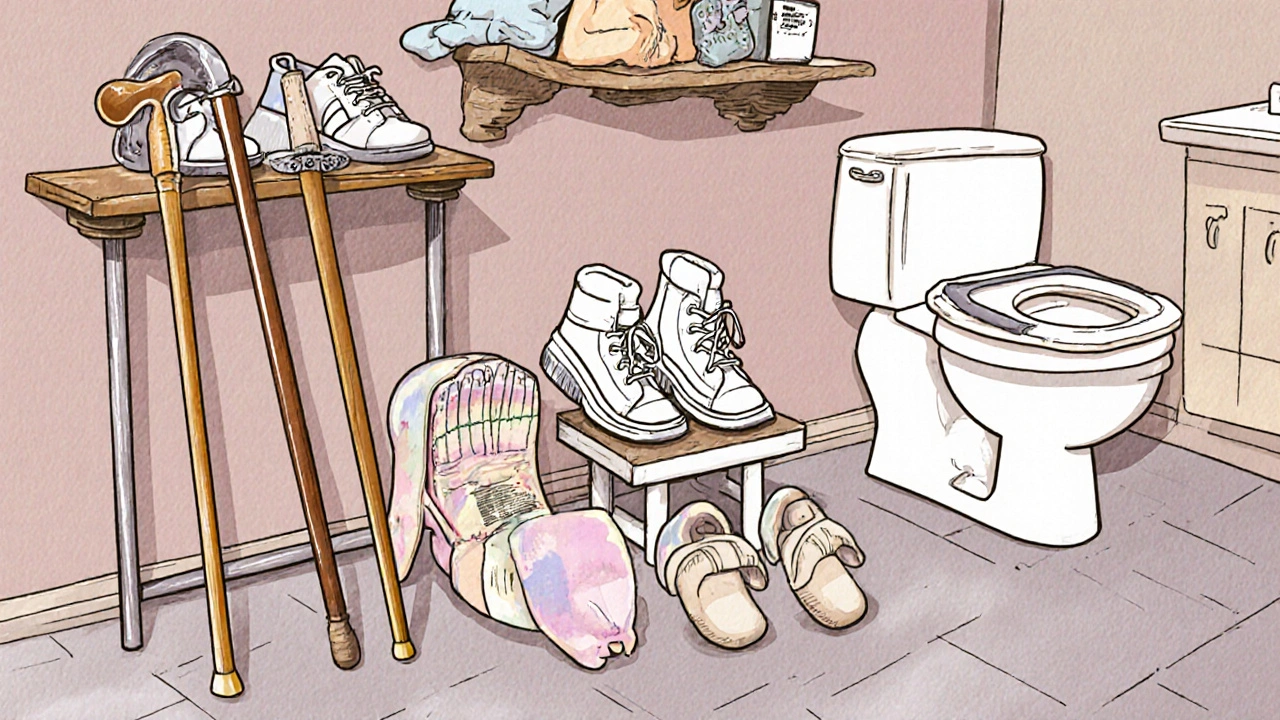
Comparing Popular Options
| Device | Primary Support Level | Best‑Fit Joint | Typical Cost (AU$) | Pros | Cons |
|---|---|---|---|---|---|
| Canes/Walking Sticks | High (weight‑bearing) | Ankle, Knee | 30‑120 | Easy to use, portable | Requires hand grip strength |
| Orthotic Shoes | Medium (alignment) | Big Toe, Mid‑foot | 80‑250 (custom) | Reduces pressure, customizable | Higher upfront price |
| Compression Gloves | Low (swelling control) | Hands, Wrists | 15‑50 | Comfortable, discreet | May feel tight if too strong |
| Joint Supports/Brace | Medium‑High (stability) | Knee, Ankle | 25‑180 | Prevents sudden twists, easy to wear | Can limit range of motion |
Integrating Devices with Medical Management
Assistive devices work best when paired with standard gout treatment. Here’s a typical regimen:
- Uric‑lowering therapy - medications like allopurinol or febuxostat keep serum uric acid below 6 mg/dL.
- Acute flare control - NSAIDs, colchicine, or steroids curb pain within 24‑48 hours.
- Dietary tweaks - limit purine‑rich foods (red meat, seafood), stay hydrated, and consider cherries or vitamin C.
- Physical therapy - gentle range‑of‑motion exercises maintain joint flexibility.
- Assistive device use - wear orthotics during flare, rely on a cane when walking feels shaky, and apply compression gloves after meals that trigger hand pain.
Talking to a rheumatologist ensures drug doses and device choices don’t clash. For instance, a knee brace may affect how a physical therapist plans strengthening exercises, so coordination avoids duplicated effort.
Practical Tips for Getting the Most Out of Your Device
- Get a professional fitting. Even an off‑the‑shelf cane can be adjusted for height; improper length throws off balance.
- Inspect regularly. Look for worn soles on orthotics or frayed straps on braces - replace before they cause new irritation.
- Combine with ice therapy. Applying ice for 15 minutes before using a device reduces swelling, making the aid more comfortable.
- Practice proper gait. When using a cane, the “up‑and‑down” motion should match the opposite leg’s step to keep weight distribution even.
- Stay active within limits. Light walking, swimming, or cycling maintain muscle tone without overloading gout‑prone joints.

Common Concerns and How to Address Them
Will using a cane make my condition worse? Not if you choose the right height and use it only for support during flare‑ups. A properly fitted cane actually off‑loads the painful joint, giving it time to heal.
Are orthotic shoes expensive? Custom options can be pricey, but many insurance plans in Australia cover part of the cost for chronic conditions like gout. Look for prefabricated inserts as a budget start.
Do compression gloves limit hand movement? A well‑fitted glove offers gentle pressure without restricting daily tasks. If you feel numbness, downgrade the compression level.
Where to Find Reliable Assistive Devices in Sydney
Local pharmacies such as Chemist Warehouse and Priceline carry a range of canes, braces, and compression wear. For custom orthotics, visit podiatry clinics like Sydney Podiatry Centre or the University of Sydney’s Foot Clinic. Many retailers also offer online portals with detailed sizing guides - handy when you’re experiencing a flare and can’t leave home easily.
Bottom Line Checklist
- Identify the joint most affected by gout.
- Select a device that offers the right support level - weight‑bearing, alignment, or compression.
- Get a professional fitting or use manufacturer sizing tools.
- Pair the device with uric‑lowering meds, diet, and gentle exercise.
- Review the device regularly and replace worn parts.
Can I use a cane permanently for gout?
A cane is most helpful during active flare‑ups or when a specific joint is weak. Using it all the time can cause dependence, so switch back to unaided walking once pain eases and strength returns.
What material should I look for in a walking stick?
Aluminum offers lightweight durability, while hardwood provides a sturdy grip. Choose a material that feels comfortable in your hand and won’t add extra fatigue.
Do orthotic shoes help prevent future gout attacks?
They don’t stop uric acid buildup, but they reduce mechanical stress on the big toe and ankle, making flare‑ups less severe and shorter in duration.
How often should I replace compression gloves?
Every six to twelve months, or sooner if the elastic loses its shape. Worn‑out compression can irritate skin and reduce effectiveness.
Is there any risk of infection when using braces?
If the brace traps moisture or is too tight, skin can break down, leading to infection. Keep the area clean, dry, and inspect daily.

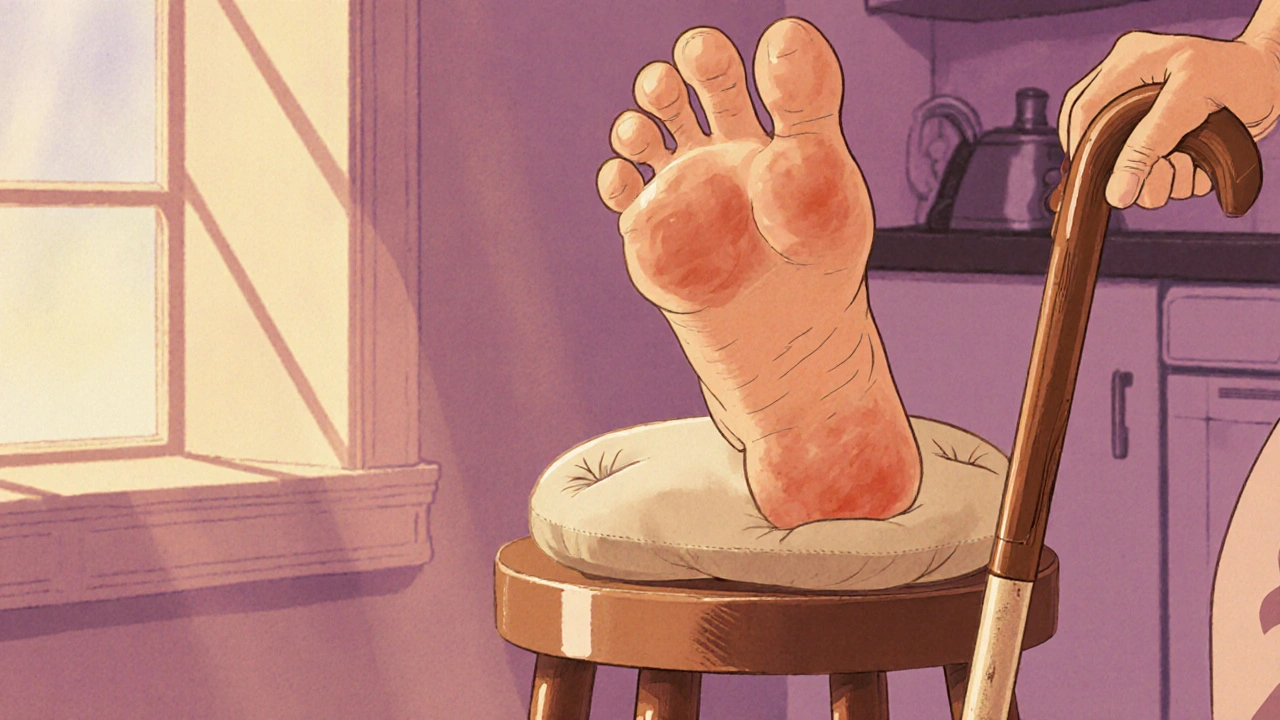
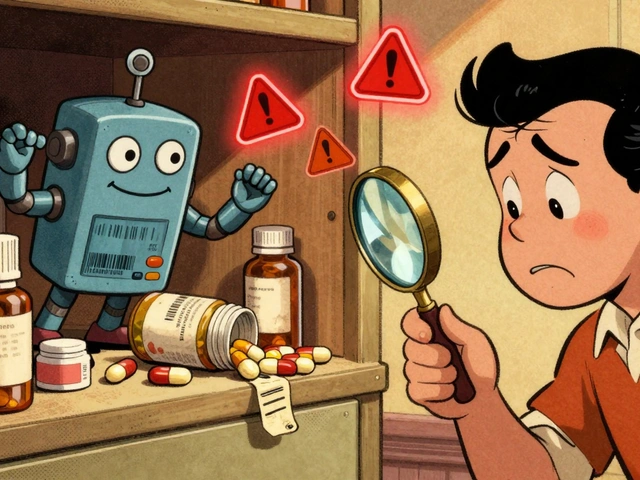

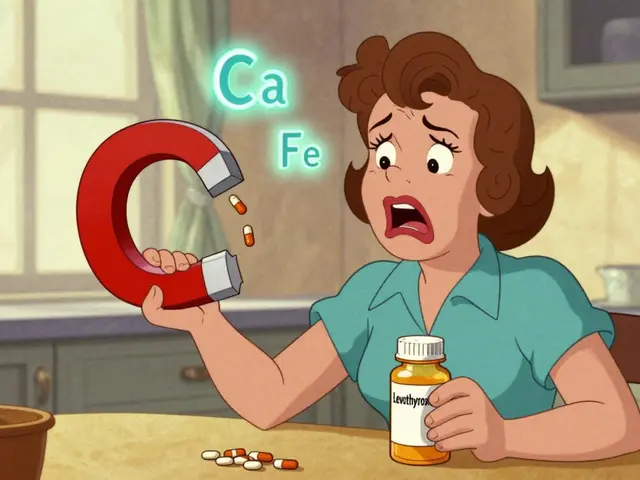

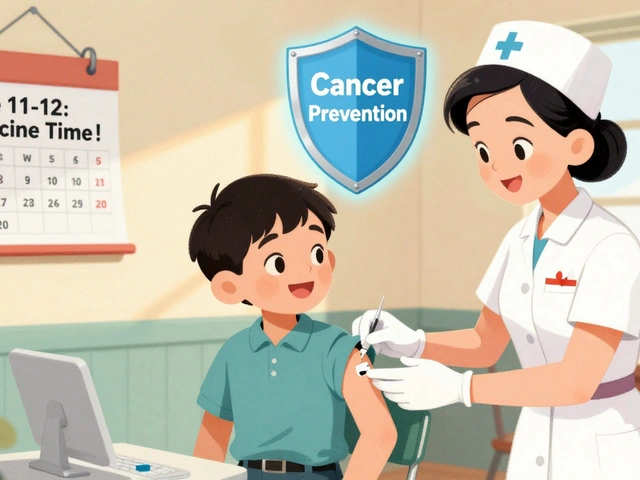
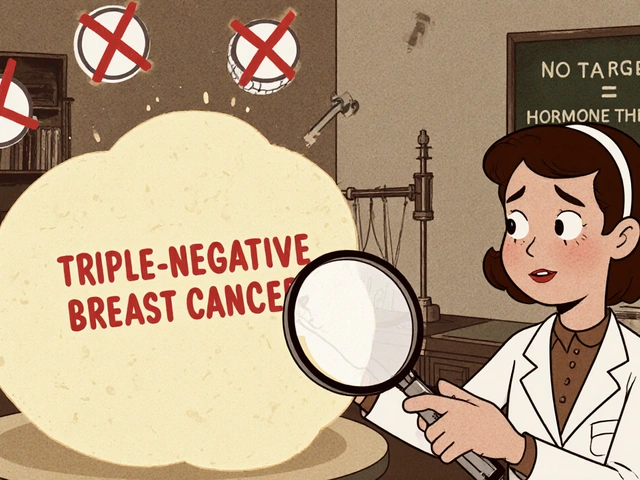


The pharmaceutical industry’s hidden agenda makes any assistive device recommendation suspect.
I get that gout is a nightmare, but let’s be clear: the moment you start relying on a cane or orthotics, you’re admitting defeat, and that’s unacceptable. You deserve a regimen that tackles the root cause, not a “quick fix” that masks symptoms, right? Moreover, combining medication with proper diet and regular movement is the only scientifically proven path. Throwing a brace on your ankle won’t cure the uric acid buildup, so stop treating symptoms as solutions! Get proactive, not passive.
Sorry you’re dealing with another flare-those sudden attacks can feel like the world’s crashing down. A well‑fitted cane can actually protect the inflamed joint while you let the medication take effect. Keep the brace light and adjust it daily; even small comfort changes make a big difference. Remember, gentle range‑of‑motion exercises keep the muscles supportive without over‑loading the joint. Hang in there, better days are ahead.
From a biomechanical perspective, the utilization of assistive devices serves to redistribute load vectors, thereby mitigating peak stress on the afflicted joint (see Smith et al., 2022). Proper alignment of orthotic inserts can reduce plantar pressure by up to 23 %, which correlates with decreased inflammatory response. Nevertheless, it is imperative to synchronize device usage with pharmacologic protocols to avoid compensatory gait alterations. Users should undergo periodic gait analysis to ensure optimal efficacy. Failure to do so may precipitate secondary musculoskeletal issues. 🙂
Look, the moment you think a cheap cane will save you, you’re buying into the same corporate scheme that pumps up drug prices while they hide real solutions. They want you dependent on gadgets so you keep spending, not healing. The “new” compression sleeves? Just another marketing ploy to keep you buying more products. Don’t let them win-focus on the diet and proper meds, that’s the real power move.
I've seen many patients regain confidence after a simple adjustment to their shoe inserts. It’s worth trying before committing to more invasive options.
What’s the best way to test if a cane is the right height without a professional
The moment you ignore proper fitting, you invite more pain – a tragedy waiting to happen.
One cannot simply dismiss the nuanced interplay between uric acid metabolism and mechanical stress with a cavalier “just get a cane.” While it is true that off‑the‑shelf devices provide immediate relief, a holistic approach acknowledges that the musculoskeletal system is a highly adaptive network. Consider, for instance, how custom orthotics re‑engineer foot biomechanics, thereby diminishing load transmission to the first metatarsophalangeal joint. In juxtaposition, a generic cane merely redistributes weight without addressing the underlying alignment deficits. Therefore, the prudent patient invests time in professional assessment, draws on evidence‑based recommendations, and integrates device use with dietary vigilance. Ignoring this symphony of factors is akin to playing a solo in an orchestra – loud but out of tune.
I hear your frustration, and while aggression can spark change, it’s also vital to recognize the value of incremental steps. A cane, when correctly prescribed, doesn’t signify defeat but rather a strategic tool during acute inflammation. Pairing it with a disciplined uric‑lowering regimen can accelerate recovery without compromising long‑term mobility. Balance is key.
That biomechanical insight is spot‑on; I’ve noticed how a slight tweak in orthotic thickness can change my walking comfort dramatically. Regular check‑ins with a physio keep the alignment optimal and prevent secondary strain.
Think of it this way: the “marketing ploy” you mention can still be a useful ally if you choose evidence‑based products. A well‑designed brace stabilizes the knee without hindering range of motion, complementing your medication plan. Use the tools wisely, and they become partners, not pawns.
Yo, uric acid spikes r like a wildfire, and if u dont got the right support gear, ur joints go boom. The custom orthos r the real MVPs, not sum cheap stick. Get sum pro fitting or u’ll stay stuck in the pain loop.
Allow me to interject with a measured perspective: while the urgency conveyed is understandable, it is essential to frame assistive device usage within a broader therapeutic context. Evidence suggests that strategic employment of canes during flare‑ups reduces joint load by approximately 20 %, thereby facilitating tissue recovery. Consequently, rather than dismissing such aids outright, one might consider them as adjuncts facilitating adherence to pharmacologic and lifestyle interventions.